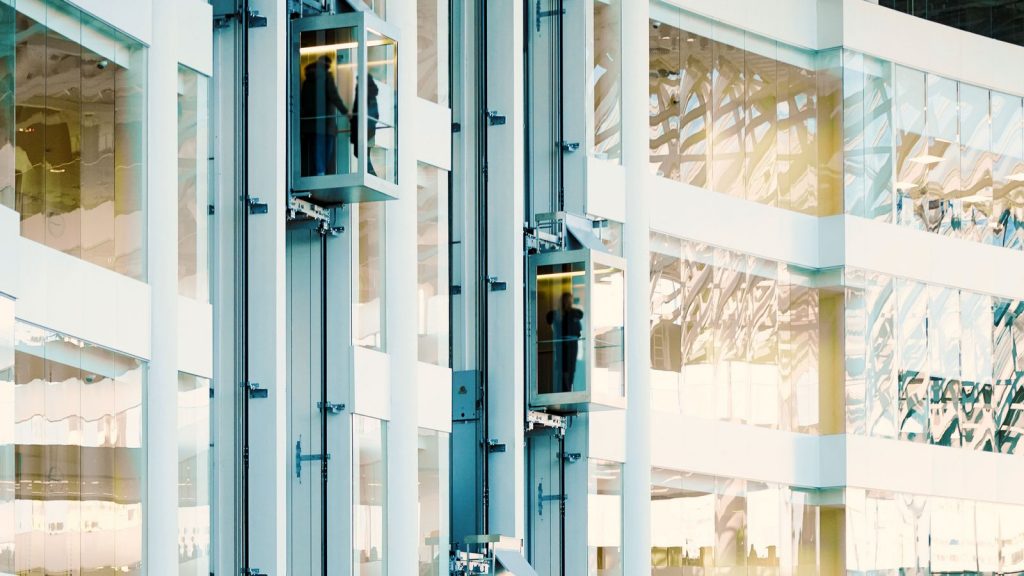Have you ever wondered how elevators operate? Why is it that when you hit the button to call the elevator, it tends to take longer sometimes while sometimes it is at your service right away? As it happens, every time you press the button of an elevator, you are presenting it with a computational challenge.
The elevator system has to ascertain which car must be sent for you and when should it be sent. It has to make a decision about whether it should move the car from the fifth floor to the seventh floor or should it send it down to the lobby to pick you up. A number of factors come into play, such as who has been waiting for how long and which path will prove to be the most efficient one. Elevator traffic is not haphazard; it is a science, and one must appreciate the engineers who have choreographed it.
The earlier elevator had a human operator. However, by the 1950s, electrical switches over for good because human operators were clumsy and proving to be too expensive. In order for the elevators to direct themselves, engineers had to write down rules for them describing when to go where. The simplest approach was to allow them to shuttle back and forth between the predefined floors at scheduled intervals. Think of how you take a bus! You would have to for the 3:10 car up to the 10th floor and then make your way down. This approach proved to be, as you can expect, quite inefficient.
By 1965, lift engineers had laid out the model that we all have come to know and love/hate. You push the button to call the elevator, and the elevator responds to these requests. However, it is here that things get tricky. Most of the elevators are optimized not for time but for a customized pain index. The computer system is tasked with weighing the awfulness of each kind of delay and then making the decision. For instance, most of the people would hate to wait for 30 seconds for a ride that would take 30 seconds but would happily opt for waiting for 10 seconds for a ride that would take a minute.
Then there are other factors that complicate the matters even more, such as the physical limitations on its speed and the fact that it only has a second or two to make the decision. It also needs to make sure that it doesn’t bypass a floor where a person had to get off. All of these things make an elevator system become quite complicated. That is where the elevator algorithm comes in to bring some order to this.
The very first and simplest reasonable approach for the elevator system was known as the elevator algorithm or collective control. It comprised of two rules. The first rule said that as long as there was someone inside the elevator or ahead of the elevator who wanted to go in the current direction, the elevator would continue moving in that direction. The second rule stated that once the elevator had completed the requests for the current direction, it could switch directions if there was a request for it. Otherwise, it would stop and wait for a call.
For larger buildings, however, this approach fails, and that is what lead the engineers to incorporate more tricks. They introduced the concept of allowing lifts to communicate with each one. Then there is the option of assigning lifts to specific floors. Another strategy is known as a parking strategy where the idle elevators return to the commonly requested floor. The next revolution to happen in the elevator world took place in the 1970s when reprogrammable computers were introduced.
Using reprogrammable computers, engineers were able to carry out simulations, thus allowing them to come up with better elevator strategies. A famous strategy is the estimated time of arrival control. For this strategy, a computer will ascertain which car will be able to get to the call quickest and then assigns that car to this particular call. However, over time, so many strategies have been introduced with each strategy having its own pros and cons that the engineers now allow the computer to make the decision as to which strategy should be used. So, next time you hit the call button, remember; the elevator is trying to find the best possible solution for you!

